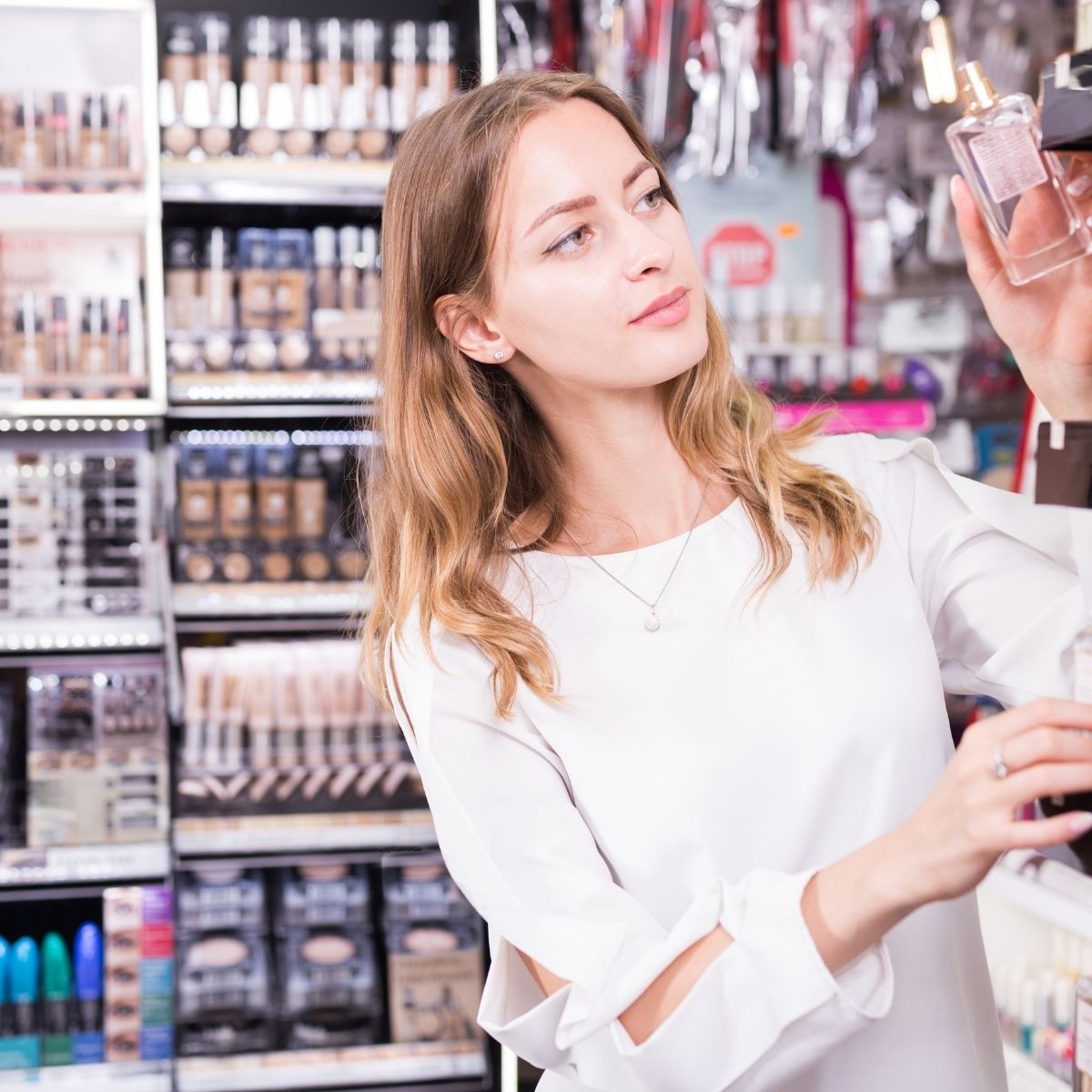Co-packing, in general, has a lot of moving parts, secondary packaging for cosmetics is meant to act as security and is used to ship products already in primary packaging. You are probably looking at the secondary packaging without even realizing it. Secondary packaging’s main goal is to protect products and provide branding during shipping. It’s also used as display packaging in retail locations such as grocery stores
Reviewing Secondary Packaging
To understand secondary packaging you have to first understand the route. When it comes to co-packing, in general, you have primary and secondary packaging. Primary packaging is what holds the actual product, like the card and blister pack surrounding the product. Most of the branding is done on primary packaging. Secondary packaging is the part of co-packing that keeps things safe and protected during storage, handling, or transit of the goods (outer packaging).
Secondary packaging is done mostly for transit and in bulk packaging. When you see multiple packs of batteries being transported in cardboard boxes (master/case pack), that’s secondary packaging. It’s the last thing to be put on the product, and the first thing to be tossed out when you bring it home or put it on a store shelf.
This is the last line of defense between warehouse and store. Secondary packaging can sometimes also be used for additional branding, but most often it is purely functional.
Secondary Packaging for Cosmetics
Secondary packaging for cosmetics is a bit different in a few ways. Tubes of mascara or the lipstick itself are considered the primary packaging (holding the product). The secondary package in this case would be the box the mascara or lipstick displayed on the retail shelf. When you’re going through the cosmetics aisle there are rows and rows of mascaras from different brands. A lot of the time those tubes of mascara will be packed in blister plastic with information about the product on the backing.
In these cases, secondary packaging does more than provide an extra layer of protection. It continues to drive sales by boasting about the formula in the container. The same can be seen across all different kinds of cosmetics. Things like toothpaste boxes that guarantee whiter teeth, nail polish boxes with the color swatch on top, all examples of secondary packaging.
Cosmetics subscription companies like Ispy and Boxycharm also use their own kind of secondary packaging for cosmetics. Each month subscribers receive a curated box of various cosmetics. The boxes they are shipped in are colorful and display vibrant designs. These boxes stand out and get people curious about the products inside and further drive customer experience.
One additional thing secondary packaging for cosmetics accomplishes is to deter testing. Testing the product is a big part of purchasing cosmetics. If there is no tester product on display, stores risk customers opening the product before purchase. The more secure the secondary packaging the less likely this in-store behavior is to occur.
Conclusion
Secondary packaging is the first thing to go, but it has tons of potential. Cosmetics take up all the real estate they can when it comes to both primary and secondary packaging. Not only is the product kept safe during transit but in stores as well. This kind of packaging is designed to draw the eye just as much as primary when it comes to cosmetics.
Secondary packaging for cosmetics does more than just get products from point A to B – it gives customers a better sense of what they’re buying.
Reach out about Contract Packaging for your business at our Speak to a Specialist Page.
